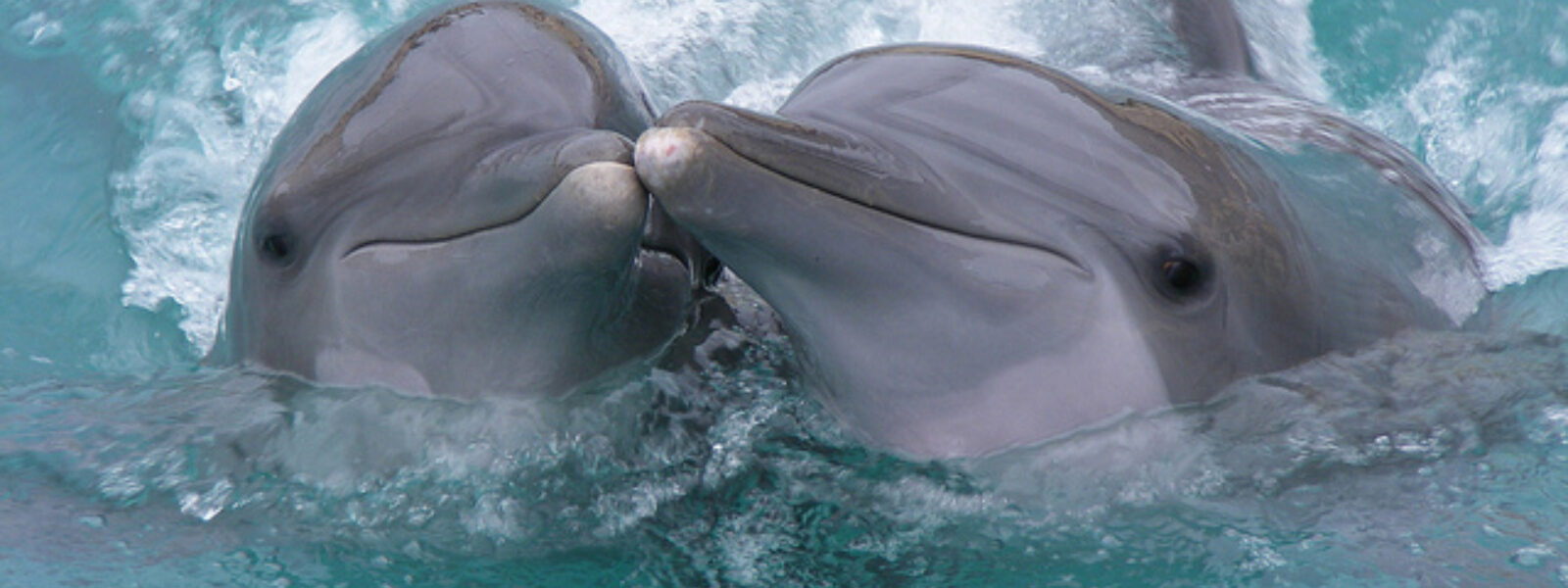

A second bottlenose dolphin has died, miles from the ocean, in the controversial swim-with-dolphins Dolphinaris facility based in Scottsdale, Arizona that opened in late 2016.
The dolphin, called Alia, was only ten years old (bottlenose dolphins can live to be 40 years or more in the wild) when she died, apparently caused by an acute bacterial infection.
She was not the first Dolphinaris dolphin to die. In September 2017, the dolphin Bodie died, supposedly from a “rare muscle disease.” But a report from the US National Marine Fisheries Service (NMFS) claimed the death was due to a fungal disease. Dolphinaris replied that Bodie had BOTH a rare muscle disease and a fungal infection.
Christian Schaeffer de Leon, the general manager of Dolphinaris, told reporters that Alia’s death reinforces the company’s commitment to educating the public about dolphins. A more cynical, and perhaps realistic, view is that Schaeffer de Leon wants to continue the exploitation of dolphins to make yet more money for Dolphinaris.
Dolphinaris cited a study by the US NMFS to contend that bacterial infections like the one that killed Alia are common causes of death for dolphins in the wild. This is certainly true, but obscures the fact that dolphins in captivity like Alia have access to expert veterinary care and antibiotics.
Sadly, dolphins and whales in captivity usually die at an earlier age than they would if they were in the wild. Why is this?
Captive dolphins and whales, after all, get fed every day without the need for searching and catching their food, and they receive veterinary care for all their ills. Yet, still they die at a young age. And fungal and bacterial infections seem to be common causes of such deaths. We know that some dolphins and whales in captivity are kept on a daily regimen of antibiotics for years as a means to keep them healthy, as well as receiving a variety of drugs such as antacids, antidepressants, antipsychotics, and tranquilizers.
Dolphins in captivity are under a great deal of stress. They live in very small tanks. In the wild, they would normally live with their families, but in captivity they are put into groups made up of strangers. There is little for them to do except swim in circles and log at the surface for hours. They are often kept hungry so they will perform tricks for food. Their diet is made up of dead fish that have been previously frozen.
The stress and boredom likely reduce their immune systems. Even preventative doses of antibiotics often cannot prevent individuals stressed in these ways from being overwhelmed from infections.
There are also some special hazards from unusual sources. Mosquito-borne diseases, for example, have shown up in dolphins and whales in captivity, something they would never encounter in the wild. The concrete edges and steel gates that make up their tanks can cause cetaceans to break their teeth, resulting in serious dental problems – the pulp of their teeth must be drilled out and the resultant holes flushed out on a daily basis to prevent infections. During drilling, the animals cannot be sedated, because whales and dolphins are conscious breathers – if they are put under, they stop breathing and die - so they endure these traumas fully conscious
Many organizations, including Earth Island’s International Marine Mammal Project, have protested the establishment of Dolphinaris, another dolphin prison.
Dolphins and whales simply do not belong in captivity for our pleasure – they belong in the ocean.
Photo by Matthew Baya.